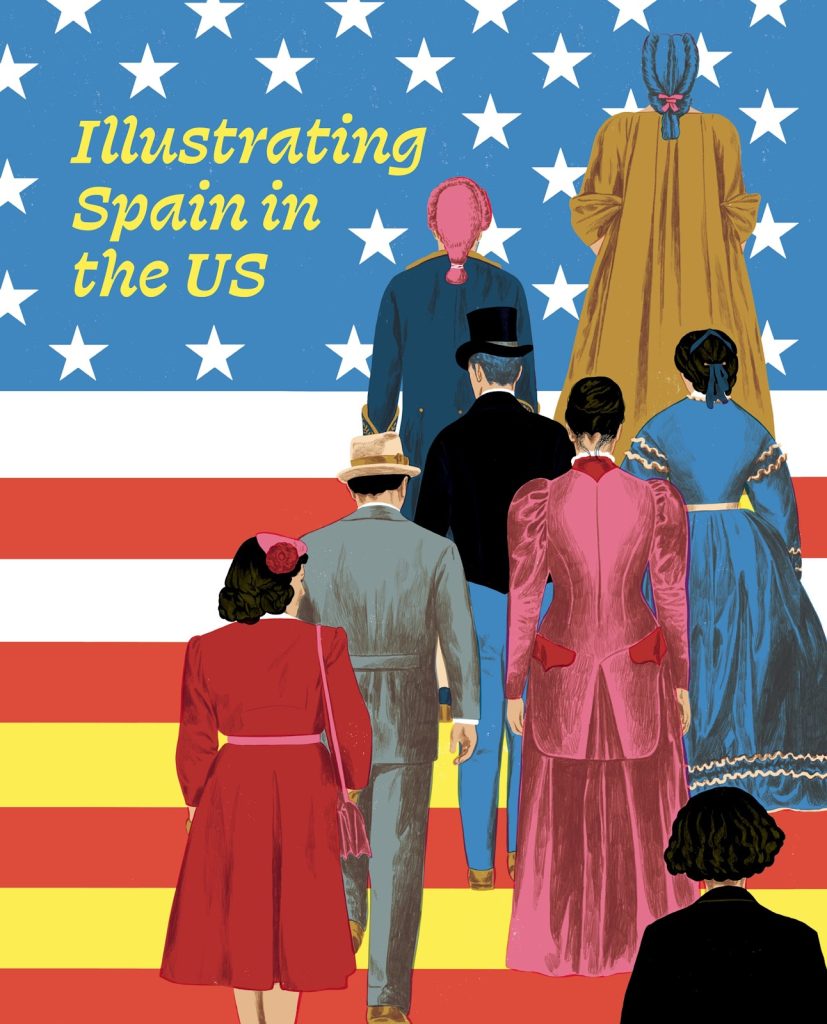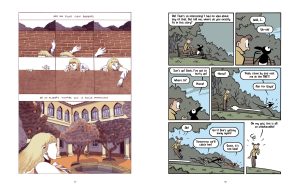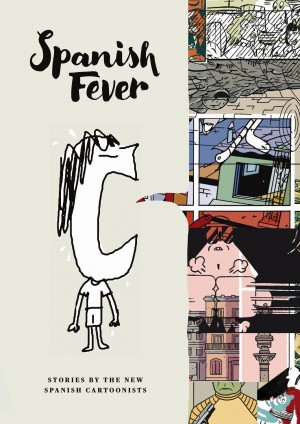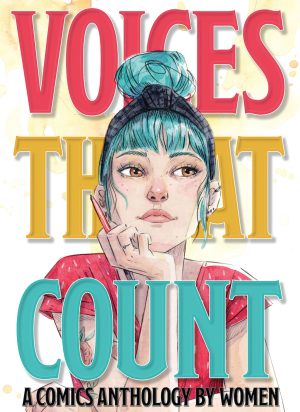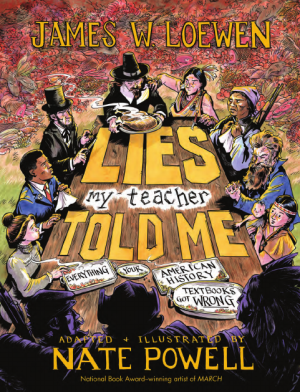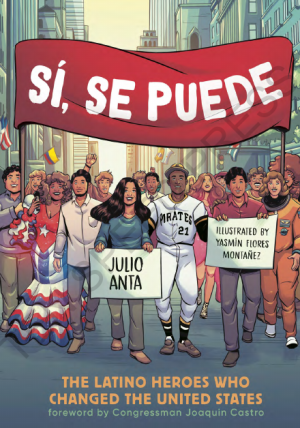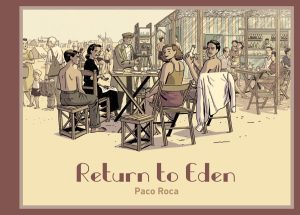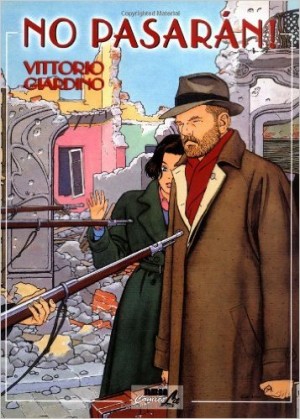Review by Ian Keogh
A project “combining the expressiveness of comic art with the illuminating perspective of scholarly essays” as per Ana Merino’s introduction seems intended to appeal only to the educational establishment. Why should scholarly essays be needed if the comics are good enough? It’s an even stranger comment for an anthology issued by A-list publishers Fantagraphics, but the clue lies in the co-production credit for the Spain/USA Foundation, a organisation dedicated to promoting Spanish cultural, educational and scientific activities in the USA.
The result is a curate’s egg likely to end up satisfying no-one, highlighting contributions made to the USA by Spanish immigrants. The essays are by academics with heavyweight credentials opening with the relatively obscure topic of the influence of Spanish Franciscan monks on early Florida settlements. Subsequent essays expand on the strips, offering additional information. Concha Zardoya’s poem ‘The Exiles’, for instance, is presented in Spanish, followed by a single page translation, and after that a four page essay titled ‘The Spanish Philological and Literary Legacy in the USA’. It’s an arid, academic tour that gradually devolves into a list of tenured positions. The connection is Zardoya’s US tenure and the number of people fleeing to the USA after the Spanish Civil War.
Considering Spanish culture has so much life and expression, it’s unexpected that almost all the strips are very much the opposite, restrained, precise and dry, supplying information, but with no life. Juan Pimentel writes the essay on scientific achievement by Spaniards, leaving Mireia Pérez little scope for drawing anything other than portraits. An exception is Rayco Pulido’s unconventional approach to the pivotal achievement of US War of Independence hero Bernardo de Gálvez, a remarkable man who packed a lot into forty years of life. However, it’s stylistically interesting yet frustratingly incomplete and with the inbuilt distraction of also featuring Hernando de Soto from two centuries earlier.
It’s only at the end that a glorious refutation of the general academic air appears as Max takes a look at art. Given broadly the same brief as Pérez in presenting a number of Spaniards and their work, he applies so much more imagination. Notable works now housed in the USA are listed, but within a cartoon sequence inspired by a bird in a Goya painting. In just seven pages there’s greater spirit than any other contribution.
The suspicion is that Illustrating Spain in the US ticked all the right boxes for funding, but there’s nothing to inspire the general public to investigate further.
